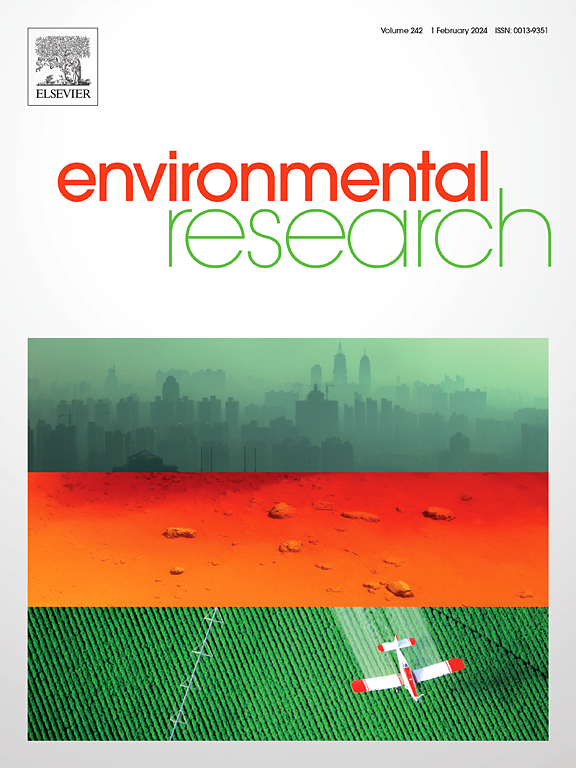浸泡和空气液界面暴露的比较:支气管上皮细胞毒性效应评估的局限性和差异
IF 7.7
2区 环境科学与生态学
Q1 ENVIRONMENTAL SCIENCES
引用次数: 0
摘要
空气中的颗粒物(PM)是世界范围内造成死亡的主要环境原因。在过去的几十年里,对毒理学机制的理解已经有所改善,尽管如此,现在新的暴露系统允许模拟颗粒或颗粒成分与肺细胞之间的体内相互作用。在这里,我们报告了在淹没或空气液界面(ALI)条件下培养的BEAS-2B细胞暴露于细颗粒物(PM2.5-0.3)有机提取物后的结果。研究了PM及其有机提取物的沉积效率。然后评估细胞活力、炎症反应和基因表达。浸泡暴露与ALI暴露的比较发现,暴露后6h和暴露后24h CYP1B1和NFkB1等特定基因的表达存在显著差异。此外,研究结果还表明了评估沉积处理效率的重要性,以避免对结果的误解。PM颗粒的沉积效率极低,因此不可能将其用于ALI暴露试验。尽管两种暴露方式(浸没或ALI)的生物学结果(如基因表达)可能有所不同,但应优先选择ALI暴露,因为它更能代表人类通过呼吸途径的暴露。本文章由计算机程序翻译,如有差异,请以英文原文为准。
Comparison of submerged and air liquid interface exposure: limitations and differences in the toxicological effects evaluated in bronchial epithelial cells
Airborne particulate matter (PM) is the primary environmental cause of death worldwide. The understanding of the toxicological mechanism has improved over the last decades, nonetheless now novel exposure systems allow the possibility to mimic the in vivo interaction between particles or particle constituents and lung cells. Here we report the results obtained after exposure to the organic extract of fine PM (PM2.5-0.3) of the BEAS-2B cells cultured in submerged or at the air liquid interface (ALI) conditions. Deposition efficiency of both PM and its organic extract was followed. Cell viability, inflammatory responses and gene expression were then evaluated. The comparison of submerged vs ALI exposure revealed significant differences in the expression of specific genes such as CYP1A1 and NQO1 6h after exposure and CYP1B1 and NFkB1 24h post exposure. Also, the results demonstrate the importance of evaluating the efficiency of deposition of the treatment to avoid misinterpretation of the results. PM particles determined an extremely low deposition efficiency, making it impossible to use this particle for ALI exposure tests. Although biological results, such as gene expression, may vary between the two exposure approaches (submerged or ALI), the ALI exposure should be preferred as it is more representative of human exposure via the respiratory route.
求助全文
通过发布文献求助,成功后即可免费获取论文全文。
去求助
来源期刊

Environmental Research
环境科学-公共卫生、环境卫生与职业卫生
CiteScore
12.60
自引率
8.40%
发文量
2480
审稿时长
4.7 months
期刊介绍:
The Environmental Research journal presents a broad range of interdisciplinary research, focused on addressing worldwide environmental concerns and featuring innovative findings. Our publication strives to explore relevant anthropogenic issues across various environmental sectors, showcasing practical applications in real-life settings.
 求助内容:
求助内容: 应助结果提醒方式:
应助结果提醒方式:


